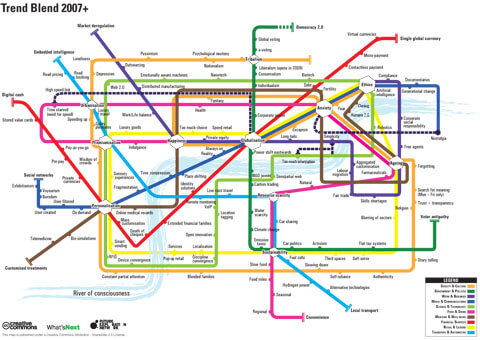Through the month of August I will be doing the keynote address at a five-city Australian roadshow run by Telstra Business. I will open the breakfast events by providing a big picture view of how driving forces in technology, business and society are moving the world towards cloud computing, cloud working, cloud thinking, and cloud strategy.
I will be followed by Hugh Bradlow, Telstra’s Chief Technology Officer, who will provide a more detailed vendor view of cloud computing.
There is no public website for the event; I was told to suggest you contact your Telstra account executive if you’re interested in attending the event.
Below is a brief article I provided Telstra to help promote the event to their customers. I’ll be fleshing out the thinking in this article in some further writing and quite possibly a cloud framework.
Tapping the forces of change
Take a deep breath. As you breathe in, think about the invisible substance that is all around us and sustains us, but we cannot see. Air is vital to us and fuels our energy. In the same way, businesses today are finding that access to a universe of computing resources on tap in the ether around them is helping to keep them healthy and drive their growth. A company’s vitality increasingly depends on how readily it can breathe in this vital resource.
Read more →


